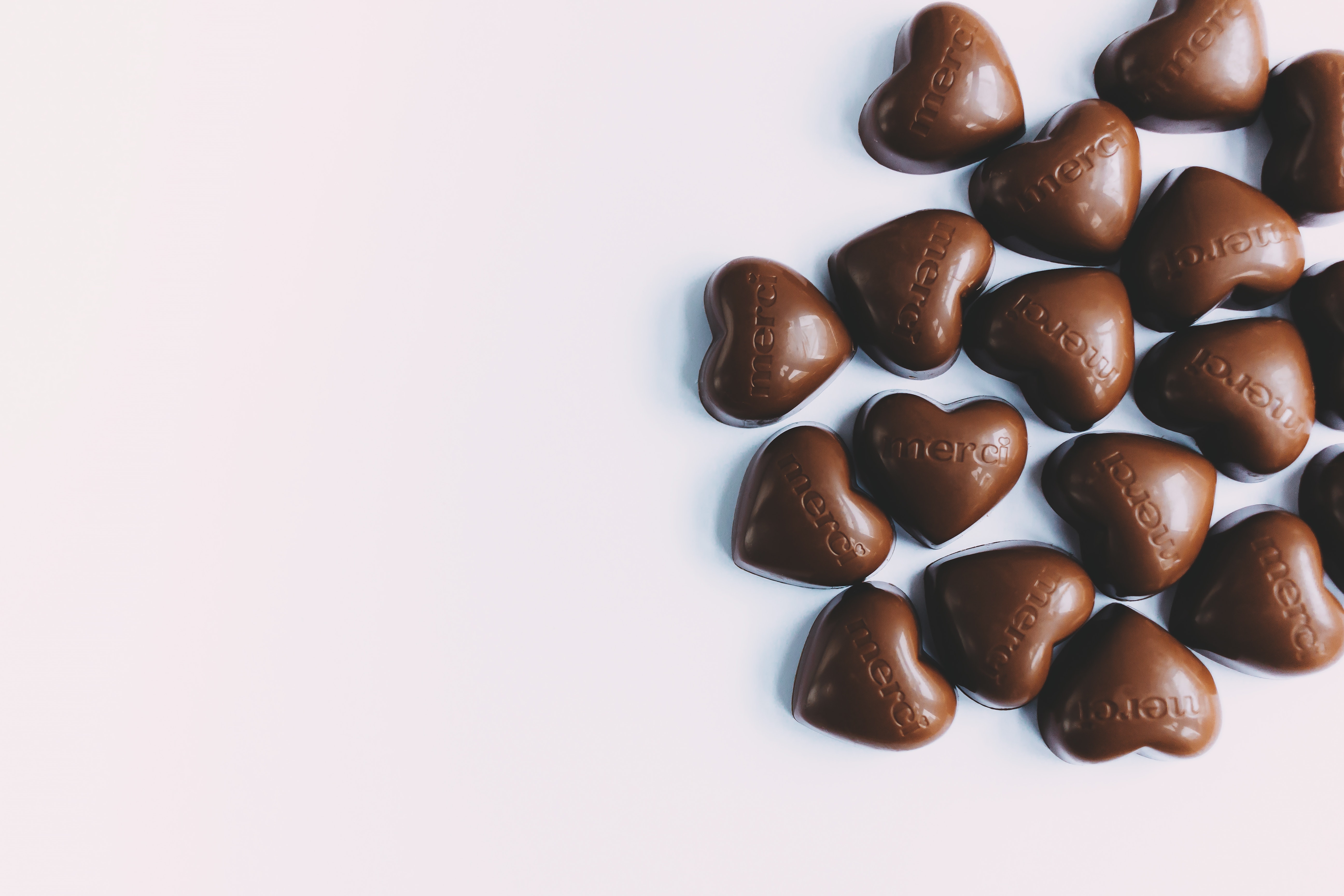
By Dr Sarah Montano
Senior Lecturer in Marketing, Birmingham Business School
With World Chocolate Day upon us, it is timely to reflect on quite why as a nation we like chocolate quite so much and how our purchasing habits have changed since its discovery.
The UK is one of the top five nations, in the world, that consumes the most chocolate per year. Mintel notes that 92% of the population eat chocolate and 59% eat chocolate every day. Whilst there is mixed research into the health benefits of consuming chocolate, it is reported that chocolate increases cognitive function, improves blood pressure and cardiovascular health.
History of Chocolate
Before cocoa beans became a popular export commodity to Europe, they were used by the Maya Indians and Aztecs as currency. It was in the 1600’s that chocolate became mainstream in Europe after the discovery of cocoa beans and subsequent commercial opportunities by Don Hernán Cortes in the 1520’s. Chocolate bars and cafes became popular in London, with White’s being the most famous. However, chocolate was seen as a luxury product and the preserve of the wealthy due to import duties.
In 1831 there was a significant development in the manufacturing of chocolate with the establishment of Cadbury, as a manufacturer in Birmingham and Rowntree’s (York) in 1862. Cadbury’s created a pure cocoa powder which they used to create boxes of chocolates that we would recognise today; and in 1905, Cadbury launched the recognisable Dairy Milk bar. By bringing chocolate to the mass population and arguably democratising the product, this led to a significant increase in sales and the development and recognition of brand names such as Dairy Milk and Kit Kat.
Today, the top cocoa producing nation is Cote d’Ivoire producing approximately 2 million tonnes per year, followed by Ghana.
Chocolate as an Affordable Luxury
Whilst chocolate remains a staple product as evidenced by the enduring popularity of chocolate such as Dairy Milk (17% market share), Kit Kats (3% market share) and Malteasers (3% market share), an interesting development has been chocolate as an affordable luxury. Some consumers are trading up to brands such as Green and Blacks or Lindt, so that they can eat less but better-quality chocolate with a higher percentage of cocoa.
Over 10 years ago Tony’s “Chocolonely” was launched with the aim of offering a quality product that is 100% slave free. With the same ethos Hotel Chocolat was launched on the high street in 2004 starting with only one store in London. 103 stores later it has successfully continued its mission to make chocolate exciting again with an emphasis on originality, authenticity and ethics, all contributing factors to luxury chocolate becoming mainstream.
With an annual turnover of £150 million clearly customers are choosing to opt for a more premium product. This change and increase in high-street presence means that consumer now views luxury chocolate as an affordable treat.
So, on World Chocolate Day, it is timely to celebrate the British love of chocolate and our ongoing consumption, by recognising the origins of mass chocolate consumption and a growing movement towards ethical luxury.
